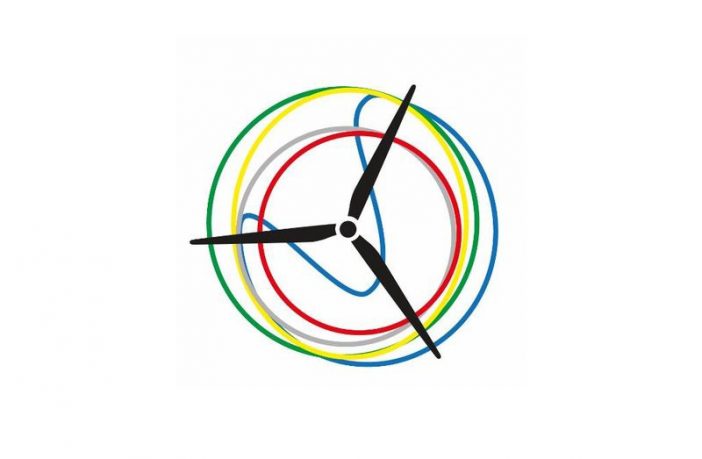- SAWEA questions the planned sequence of wind procurement, which currently suggests a three year gap between 2022 and 2024.
- Another procurement gap will have a direct and immediate impact on employment, particularly at manufacturing facilities and support services during the idle years.
- The association cautions against excluding important real-world input assumptions from the least-cost scenario.
- SAWEA also questions the draft IRP’s financially viability, pointing out that it is premised on a revenue plan for the energy sector, predominantly Eskom, that is unachievable.
South African Wind Energy Association’s (SAWEA) submission in response to Integrated Resource Plan (IRP) update of 2018 questions the basis for investment choices made, particularly in relation to employment, investment and manufacturing sector growth effects.
It calls for the reconsideration of key assumptions relevant to coal and the energy transition context. It pays particular attention to the planned sequence of Wind procurement, which currently suggests a three-year gap between 2022 and 2024. SAWEA provides evidence for the likely social, economic and environmental effects.
The association cautions against excluding important real-world input assumptions from the least-cost scenario (IRP1) and the policy-adjusted Recommended Plan and questions the financial viability of the Plan. The ‘least cost’ scenario is not in fact least-cost as it does not account for several important known and anticipated market realities.
SAWEA believes that should key factors such as the impact of large-scale technology trends, the effects of the proposed Carbon Tax on the cost of generation by proposed coal power investment and current data on Eskom’s fleet efficiency, very different investment choices would be made. The submission also provides data as to the negative socio-economic and economic effects of inconsistent procurement.
“We recognise the economic challenges that South Africa needs to overcome in the short term, and based on evidence, we believe that renewables have a viable contribution to make in both the short and long-term,” said Brenda Martin, CEO of SAWEA.
SAWEA puts forward a strong argument that questions the draft IRP’s financially viability, pointing out that it is premised on a revenue plan for the energy sector, predominantly Eskom, that is unachievable. Modelled data confirms that the plan, in its current form, will likely increase the probability and magnitude of a financial crisis at Eskom, with direct knock-on effects for the economy.
“For the Plan to be credible and result in both short and long-term multiplier benefits to South Africa, it has to be reconsidered on a truly least-cost basis,” emphasised Martin.
Based on the Industry’s experience of the effects of stop-start procurement over the past 2 years, the submission draws attention to the interlinkages between consistent procurement and market effects. The industry is not supportive of the draft proposal in the short-term to delay new renewable energy procurement and then later on in quick succession, introduce a large amount of new procurement.
As recent experience has shown, one of the main effects of such a procurement gap is that it will have a direct and immediate impact on employment, particularly at manufacturing facilities and support services during the idle years.
The finalised IRP update needs to better ensure policy alignment in order to create an enabling environment for localisation, a key element of Government’s industrialisation policy. The proposed procurement gap in the Draft IRP2018 threatens to undermine this vital policy” concluded Martin.
The South African Wind Energy Association represents 90 members, of which 96% are corporates directly active in the South African renewable energy industry value chain. The industry’s domestic social, economic and environmental contribution is sizeable considering that the first wind farms became operational just 5 years ago.
- The industry is valued at R75 billion
- 25% of which is from Foreign Direct Investment
- Black South African shareholders own on average 31% of wind farm investments
- By 2030, Wind should make up just over 15% of the country’s power mix, assuming that all 8100 MW of new procurement is achieved timeously, bringing onshore wind to 11 442 MW in total.
Author: Bryan Groenendaal
Source: SAWEA











